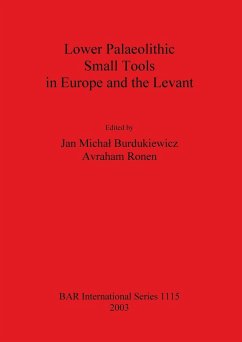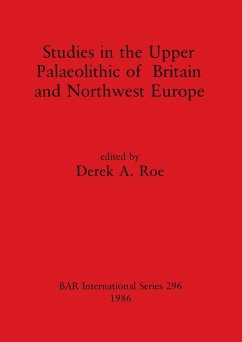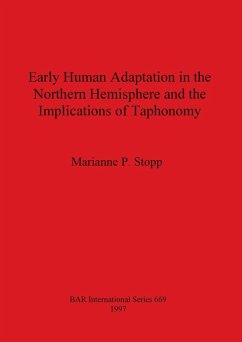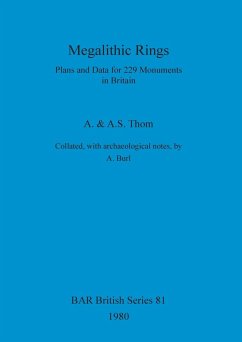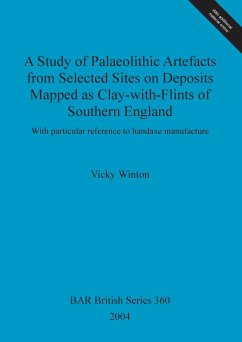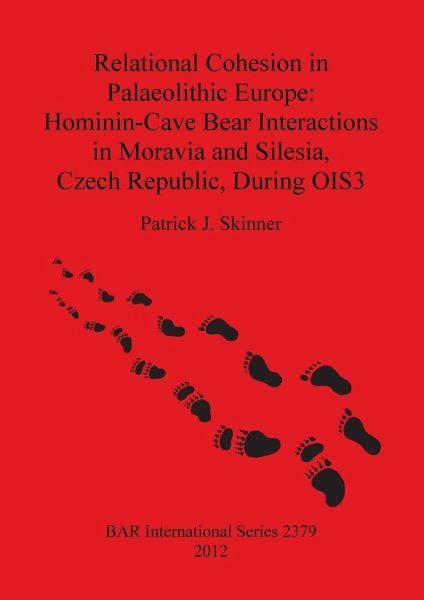
Relational Cohesion in Palaeolithic Europe
Hominin-Cave Bear Interactions in Moravia and Silesia, Czech Republic, During OIS3
Versandkostenfrei!
Versandfertig in 1-2 Wochen
98,99 €
inkl. MwSt.

PAYBACK Punkte
49 °P sammeln!
This book examines how human interactions with animals, in particular now extinct cave bears (Ursus spelaeu), affected the social lives of prehistoric hunter-gatherers (hominins - Neanderthals and AMH) living in Central Europe (Moravia and Silesia/Eastern Czech Republic) during OIS3 (c. 60,000-24,000 Cal. BP). The author adopts a multidisciplinary approach, using published literature, animal remains, digital data, and GIS, together with odontometric and tooth-wear analyses, and spatial reconstruction techniques to identify potential interactions between hominins and cave bears. New theoretical...
This book examines how human interactions with animals, in particular now extinct cave bears (Ursus spelaeu), affected the social lives of prehistoric hunter-gatherers (hominins - Neanderthals and AMH) living in Central Europe (Moravia and Silesia/Eastern Czech Republic) during OIS3 (c. 60,000-24,000 Cal. BP). The author adopts a multidisciplinary approach, using published literature, animal remains, digital data, and GIS, together with odontometric and tooth-wear analyses, and spatial reconstruction techniques to identify potential interactions between hominins and cave bears. New theoretical concepts are used to interpret the results and as a means for making statements about the role that cave bears, and potential interactions with cave bears, played in the social lives of hominins. After the introduction Chapter 2 explores what interactions are, discusses and highlights the main issues associated with human-animal interactions, and outlines the approaches adopted. Chapter 3 presents an overview of cave bears, discussing issues such as the history of cave-bear research, cave-bear phylogeny, evidence for their presence, their geographical and chronological distribution, important elements of their ecology, biology, physiology, and ethology, and existing evidence for human use of their remains and cave-bear depictions. Chapter 4 presents a thorough overview of the case study, looking in particular at issues such as climate, geology, topography, flora, and fauna, hominins and cave bears in the study region, and the specific case study sites chosen for this book. Chapter 5 creates a digital framework, mapping site locations, lithic raw material outcrops, topography, palaeohydrology, palaeovegetation, friction maps, prey species distribution and diversity maps. Chapters 6 and 7 map cave-bear and hominin distribution patterns, and Chapter 8 brings the results of Chapters 6 and 7 together, identifying potential interactions between the two. In the final chapter the author discuss the significance of the results of the book both in terms of hominins and cave bears within the study region during OIS3, and within a wider zoological, spatial and temporal context.



